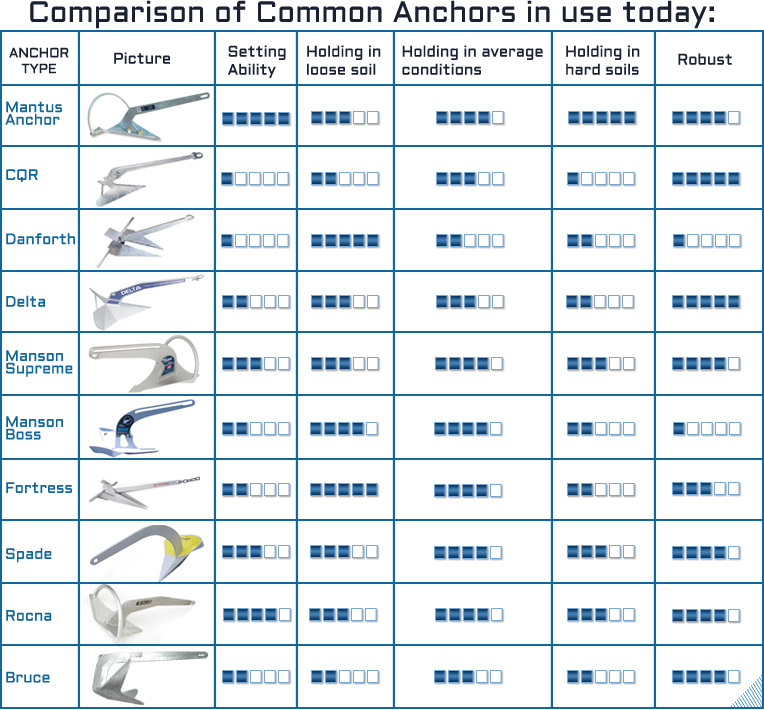Anchoring a 16-Foot Boat: A Guide to Proper Sizing and Techniques

There's a certain quiet confidence that comes with knowing your boat is securely anchored. For owners of 16-foot boats, this confidence hinges on selecting the correct anchor size and employing proper anchoring techniques. It’s not simply about dropping any old anchor overboard; it's about understanding the interplay of weight, holding power, and bottom conditions.
Imagine a breezy afternoon on the water, the sun glinting off the waves. You find the perfect spot, drop anchor, and settle in to enjoy the serenity. But what if your anchor isn't up to the task? An improperly sized anchor can lead to dragging, potentially endangering your boat and those onboard. This is why understanding appropriate anchor sizing for your 16-foot vessel is paramount.
Historically, boat anchors have evolved from simple rocks and heavy objects to the sophisticated designs we see today. While the materials and manufacturing processes have changed, the fundamental principle remains the same: to provide a secure grip on the seabed, resisting wind and current forces. The evolution of anchor design reflects the ongoing quest for greater holding power in a compact and manageable package, especially crucial for smaller boats like 16-footers.
Determining the right anchor size for a 16-foot boat isn't an exact science, but rather a blend of established guidelines and practical considerations. Factors such as boat weight, windage (the area exposed to wind), anticipated weather conditions, and bottom type all play a role in the decision-making process. A lightweight anchor might suffice for calm conditions in a sheltered bay, while a more substantial anchor is necessary for exposed waters or stronger winds.
There's a wide array of anchor types available, each with its own strengths and weaknesses. Danforth anchors, known for their excellent holding power in sand and mud, are a popular choice for smaller boats. Plow anchors, with their versatile performance in various bottom conditions, are another common option. Bruce or claw anchors also offer good holding power in many substrates. Ultimately, the best anchor type for your 16-foot boat will depend on your typical anchoring environment.
One of the key benefits of proper anchor sizing is improved safety. A correctly sized anchor provides peace of mind, ensuring your boat remains securely anchored even in challenging conditions. Another benefit is reduced stress on your boat and anchoring equipment. Using an appropriately sized anchor minimizes the risk of anchor dragging and potential damage to your vessel.
One simple example of appropriate anchor sizing would be a 16-foot fiberglass boat used primarily in sheltered waters with a lightweight Danforth anchor weighing approximately 7-9 lbs. Conversely, a similar boat regularly used in more exposed waters with a higher likelihood of strong winds might require a 10-12 lb Danforth or a similarly sized plow anchor.
A step-by-step guide to anchoring includes: (1) Selecting a suitable location, (2) Motoring upwind to the desired spot, (3) Stopping the boat and dropping anchor slowly, letting out sufficient rode (anchor line), (4) Checking the set of the anchor by slowly backing down on it, (5) Observing the boat's position to ensure it's not dragging.
Advantages and Disadvantages of Different Anchor Sizes
| Anchor Size | Advantages | Disadvantages |
|---|---|---|
| Too Small | Lightweight, easy to handle | Insufficient holding power, risk of dragging |
| Appropriate | Secure holding, peace of mind | Moderate weight, manageable size |
| Too Large | Exceptional holding power | Heavy, difficult to handle, potential for storage issues |
Best Practices: (1) Consult anchor size charts and guidelines, (2) Consider your typical anchoring environment, (3) Choose a suitable anchor type, (4) Use adequate rode length, (5) Regularly inspect your anchor and rode for wear and tear.
FAQ: What is the best anchor type for a 16-foot boat? How much anchor rode do I need? What are the signs of anchor dragging? How do I retrieve a stuck anchor? What are the regulations for anchoring in my area? How do wind and current affect anchoring? How do I maintain my anchor? Where should I not anchor?
Tips & Tricks: Use an anchor snubber to reduce shock loads on your anchor rode. Learn different anchoring techniques for various bottom conditions. Carry a spare anchor for emergencies.
Choosing the right anchor size for your 16-foot boat is not just a matter of convenience; it’s a critical safety consideration. Understanding the various factors that influence anchor size, along with the different anchor types available, empowers you to make informed decisions. A properly sized anchor provides the confidence and peace of mind to enjoy your time on the water, knowing your boat is secure. By following best practices and understanding the nuances of anchoring, you can enhance your boating experience and ensure the safety of yourself and your passengers. Invest the time to learn about appropriate anchor sizing and techniques – it’s an investment in your enjoyment and safety on the water. So, take the time to assess your needs and choose wisely; the tranquility of a secure anchorage awaits.
Khao khanap nam mountains a complete guide
Conquering week 14 your yahoo fantasy football guide
Elevating your space with behr premium plus semi gloss from home depot













